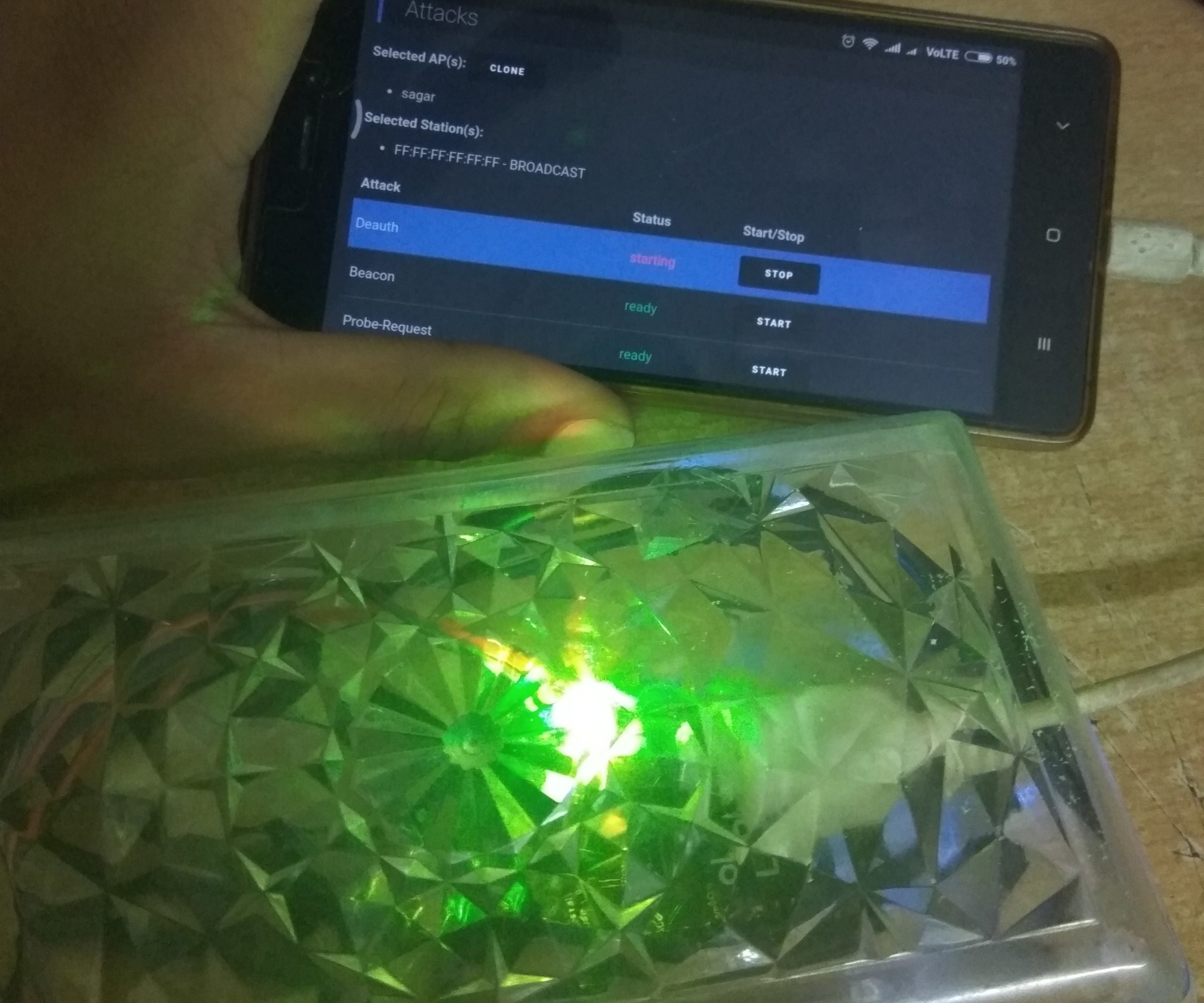This is a device that performs a deauth attack by selecting the clients it wants to disconnect from your network and starts the attack. While the attack can be removed, the selected devices do not connect to your network. Other attacks such as probe request flooding have also been implemented.
The most useful packages that Wi-Fi Deauther can create are the deauthentication and disassociation packages. These packets are often abused because they are unauthenticated, meaning anyone on a network can send them to anyone else while pretending the messages are coming from the router. When a device on the Wi-Fi network receives the packet, it immediately disconnects from the network. The Wi-Fi Deauther does this over and over again, spamming connected devices with “disconnect” messages. It results in a “jamming” effect on the network, as devices cannot connect quickly enough to prevent them from being instantly disconnected.
That’s not the only trick the Deauther program has up its sleeve. It’s also capable of searching for nearby access points and connected devices, and cloning any Wi-Fi networks it sees. You can also generate dozens of fake Wi-Fi networks with any names you want, monitor channels for packet traffic between devices, and do all this from a sleek, built-in Wi-Fi pineapple-like web interface.
The Wi-Fi Deauther program can be run on almost any ESP8266-based development board, including NodeMCU, D1 Mini, and others. These boards are inexpensive and can cost anywhere from $2 to $6 depending on the manufacturer, and allow anyone to get started with Wi-Fi hacking.
While the cheaper boards are a good start, they lack a few things that make the Deauther so much more useful. The simplest and cheapest boards have no screen, no buttons, no controls, no indicators to tell what’s going on just by looking at the device. To control it, you need to log in to the web interface or purchase and connect the hardware yourself.



